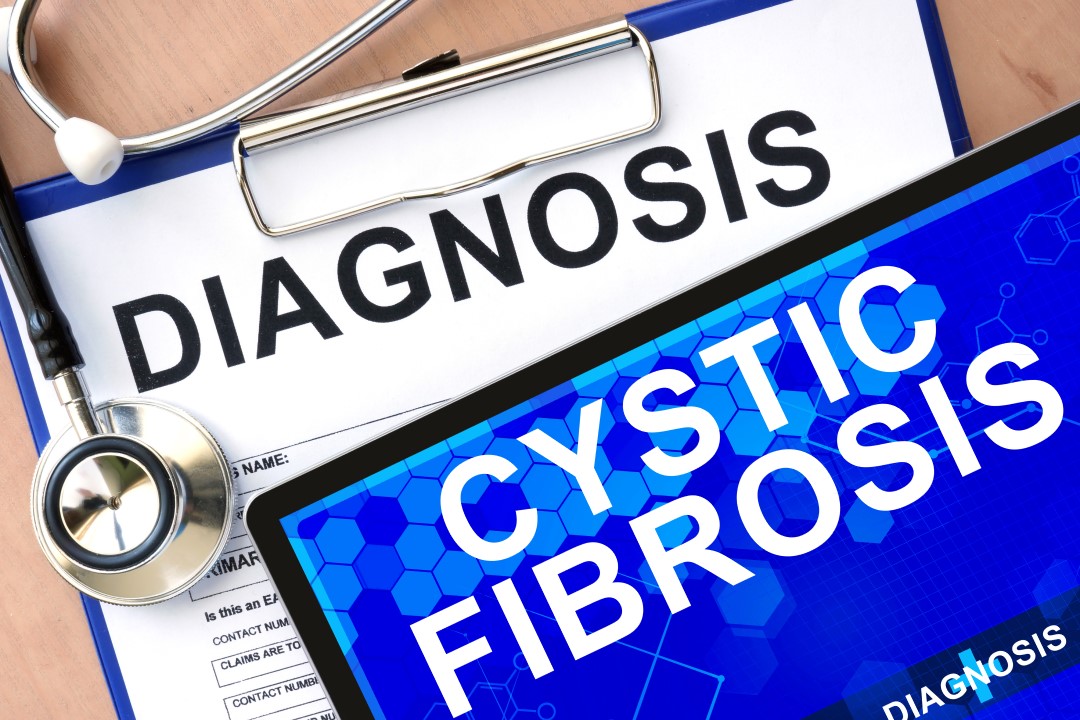
New guidelines announced to improve cystic fibrosis screening
On Apr. 3, 2025, The International Journal of Neonatal Screening, an international, peer-reviewed journal focused on newborn screening and medicine, published Cystic Fibrosis Newborn Screening: A Systemic Review-Driven Consensus Guideline from the United States Cystic Fibrosis Foundation.
The guideline — a set of recommendations for practice that are created and agreed upon by a group of experts and specialists after reviewing published evidence — represents a significant milestone of the Foundation’s Newborn Screening Initiative, a multi-year effort to advance CF newborn screening and achieve better health outcomes for all babies born with the disease, regardless of background.
Every state in the U.S. performs newborn screening for cystic fibrosis. However, how that screen is done varies from state to state. The Foundation’s Newborn Screening Committee — comprising external experts, clinical partners, CF Foundation staff, and parents of children with CF — developed a consensus guideline with seven recommendations to describe current best practices in newborn screening nationwide.
Newborn screening occurs during the first few days of a baby’s life. A few drops of blood from a heel prick are placed on a special card and mailed to a state laboratory to test the blood sample for specific health conditions, including cystic fibrosis.
The CF-specific test assesses the level of a chemical made by the pancreas called immunoreactive trypsinogen (IRT). In people with cystic fibrosis, IRT levels tend to be higher than average. Still, other factors — including circumstances around the baby’s birth — may play a role in higher levels of IRT. If an infant has elevated IRT levels, states then screen for CFTR variants before making a referral for a sweat test to make a CF diagnosis. If variants are identified, those results are shared with relevant health care professionals.
Tags:
Source: Cystic Fibrosis Foundation
Credit:
